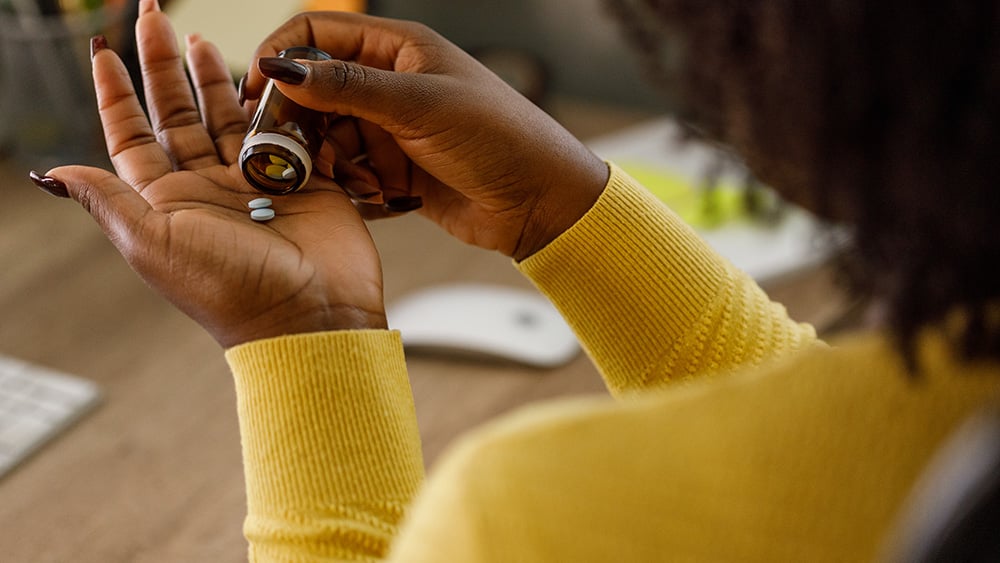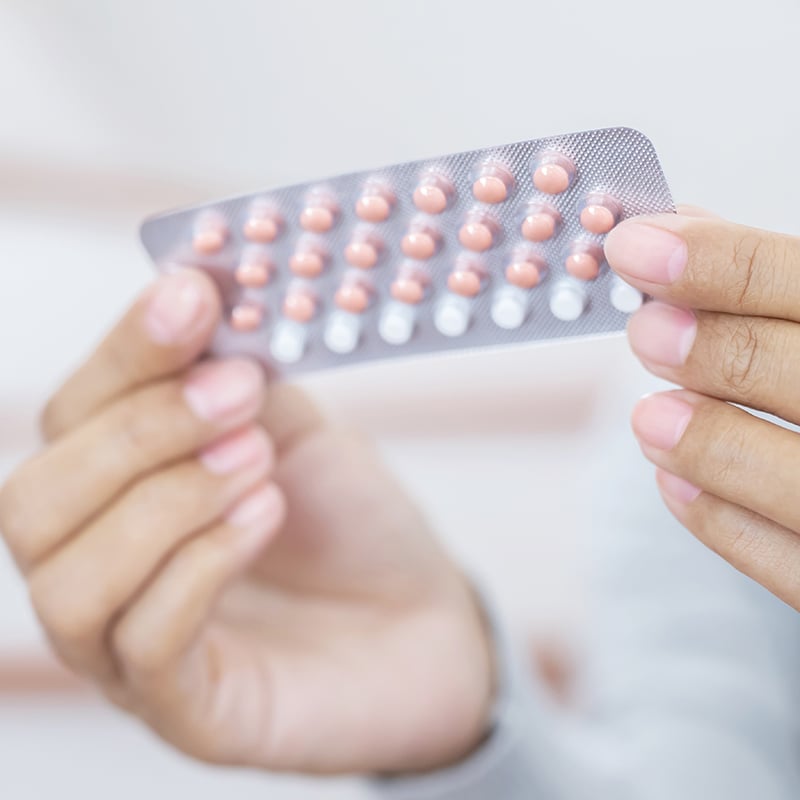Key Takeaways
- Long-acting reversible contraceptives (LARCs) are more than 99% effective at preventing pregnancy.
- IUDs and implants are the two main types of LARCs.
- These forms of birth control are effective anywhere from 3-20 years, depending on the type.
Our women’s health team is experienced in providing compassionate, understanding care that goes beyond just diagnosing and treating. We offer a full range of women’s health services to help you maintain a lifetime of good health and well-being, working as your partner to provide personalized care at every step along the way.
Over the last 20 years, more types of long-acting reversible contraceptives (LARC) have been introduced as birth control for women. More than 10 percent of women in the United States currently use an intrauterine device (IUD) or implant as birth control, according to the CDC. IUDs and implants are also used to help with heavy menstrual bleeding and relieving pain from periods or other conditions, such as endometriosis.
Research shows LARC methods are the most effective form of non-permanent birth control. All LARC methods are more than 99 percent effective at preventing pregnancy.
As more people use LARC methods, scientists are able to study their effectiveness longer. The good news: nearly all IUDs and implants are effective for longer than their initial studies suggested.
We explain how they work, how long they are effective, and how to know which option is right for someone.
How birth control methods work
There are two types of LARCs: IUDs and implants. As its name suggests, an IUD is inserted vaginally through the opening of the cervix into the uterus.
With IUDs, there are two categories: hormonal and non-hormonal. Hormonal IUDs release a small amount of a hormone called progestin each day, which thickens the cervical mucus to prevent sperm from reaching the egg. Non-hormonal IUDs release copper – an element that is toxic to sperm.
A contraceptive implant is a small rod (about 1 ½ inches long) that is inserted under the skin in the arm. Once in place, the implant releases an amount of progestin that is enough to prevent ovulation. Similar to the IUD, it also thickens the cervical mucus to prevent sperm from reaching the egg.
How long does this birth control last?
Upon their initial approval, IUDs will have an amount of time during which they are effective. As previously mentioned, since a growing number of people have used these forms of birth control, researchers now have more data showing some of these IUDs are effective for longer than previously listed.
When the most commonly-used hormonal IUD was originally approved, the approval was for 5 years of use. As of 2022, the FDA updated its approval for 8 years of contraceptive use. For the non-hormonal (copper) IUD, FDA approval is currently 10 years of use. Available data shows the copper IUD remains highly effective at preventing pregnancy through at least 12 years of use.
There is also excellent data available supporting the implant (Nexplanon) for up to 5 years of use without any decrease in effective contraception. It is important to note that the FDA has not yet updated its guidance and continues to recommend removal or replacement after 3 years. The makers of the implant have ongoing studies, so this guidance may change in the coming years.
Type of IUD: Hormonal (levonorgestrel)
Original length of use: 5 years
Updated length of use (FDA approved): 8 years
Approved alternate use: Heavy menstrual bleeding
Type of IUD: Hormonal (levonorgestrel)
Original length of use: 5 years
Updated length of use (FDA approved): 8 years
Approved alternate use: Heavy menstrual bleeding
Type of IUD: Hormonal (levonorgestrel)
Original length of use: 5 years
Updated length of use: 5 years (no change)
Type of IUD: Hormonal (levonorgestrel)
Original length of use: 3 years
Updated length of use: 3 years (no change)
Type of IUD: Non-hormonal
Original length of use: 10 years
Updated length of use (per data from scientific studies*): 12 years
*FDA recommendation remains unchanged
Paragard can be effective for 15 or even 20 years, particularly if it is placed later in a patient’s child-bearing years, according to some data.
Type of LARC: Hormonal implant (etonogestrel)
Original length of use: 3 years
Updated length of use (per data from scientific studies*): 5 years
*FDA recommendation remains unchanged
Changes and questions
When it comes to additional side effects or other challenges stemming from extended use of a LARC, research shows there is little to no change. In fact, data shows the longer a person uses an IUD, the less irregular bleeding they experience.
If someone with an IUD or implant leaves it in longer, this does not mean removing it will be more difficult.
When debating between various methods of birth control, data shows the long-acting reversible contraceptives are the most effective. However, patients should choose the one with which they are most comfortable.









